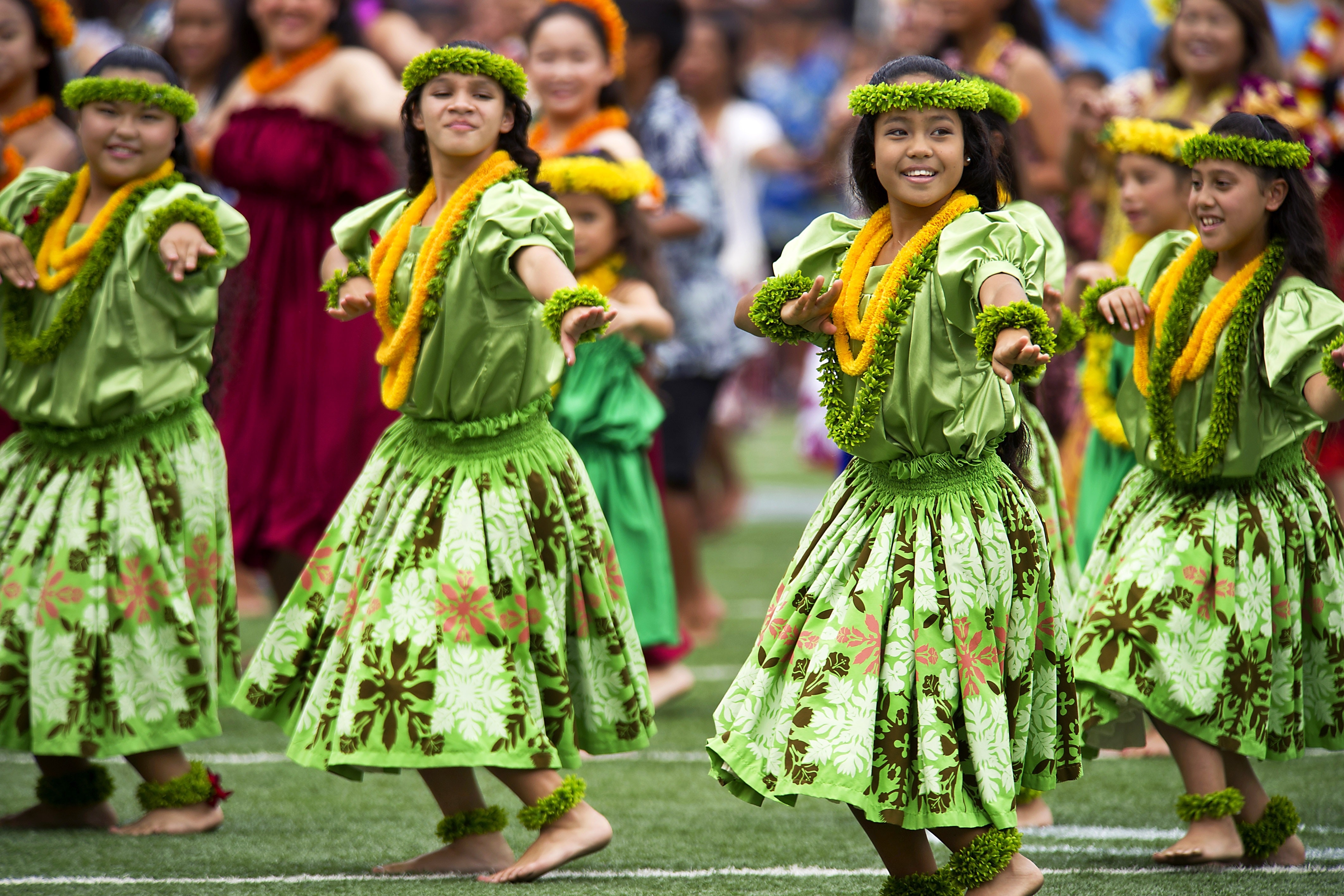In Japan, there have not been many copyright infringement cases on choreography, though Japanese copyright law exemplifies “dance works” as an example of copyrighted works.
On September 20 2018, Osaka District Court issued an injunction against the use of the plaintiff’s choreographies for the following five songs and awarded approx. JPY 430,000 (approx. USD 3,900) in damages, in a copyright (right of performance) infringement case brought by a master teacher in the art of Hula (Kumu Hula) residing in Hawaii, Kapu Alquiza, against Kyushu Hawaiian Association. (You can read the decision in Japanese.)
- E Pili Mai
- Lei Ho’ohen
- Ua Lanipili I Ka Nani O Papakōlea
- Blossom Nani Ho’i e
- Mauna leo
According to the decision, Kapu Alquiza has been instructing members of the association from around 1984 to October 2014. Upon termination of the agreement, she asked the association not to use her choreographies taught there. However, the association has continued to use them at hula classrooms and events.
The association argued in the court that the choregraphies of hula are short on choices and just combination of existing movements, thus lacking originality.
The court found that choreography of hula, which consists of hand motions expressing the meaning of lyrics and steps, is created as “a series of flows that combines parts showing the choreographer’s personality and parts not showing it”, and “It is reasonable to recognize copyrightability of dance on the whole of the series of flows in which the parts showing the choreographer’s personality appear over a certain extent”. The court also found that it constitutes an copyright infringement when the performance has the series of flow actions which includes not only the parts showing the choreographer’s personality but also the parts not showing it.
In this case, the association should have been more careful, because it had recognized that the Hula teacher did not want her choreographies to be used after the termination of the agreement.
For choreographers, since judging copyright infringement on choreographies is not easy, you should record your works so that you can prove the date of creation, whether or not you publish them, in case of you being involved in copyright disputes.
By the way, in another copyright infringement case for ballroom dance choreographies which were used in the movie “Shall we Dance?”, the court did not recognize copyrightability in the choreographies, due to absence of remarkable characteristics that originality is recognized. (You can read the decision in Japanese)







